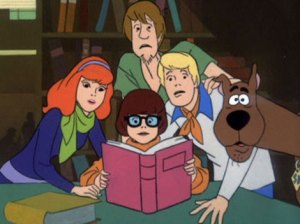Yesterday I got into a great conversation with interesting people, and the topic of self-publishing came up. It brought me back to the ethical issues I’ve faced along the road of publishing Misfits from the Beehive State, so I figure it’s time for a tiny bit of background and helpful resources.
When I self-published Misfits from the Beehive State, my number one consideration was that it not be “vanity press,” and the way I made that distinction was to keep overhead so low that it made an actual profit. At the time, using CreateSpace was the way to do it. And I made my book available on Amazon, because that’s how a lot of people wanted to buy it.
I maybe wouldn’t do a second book the same way. That’s because my book is one part of a larger ecosystem of readers, books, publishers, distributors, and bookstores, and what I do as an author has an impact on that ecosystem. Here are three links from my website that touch on the issue:
On small publishers and indy bookstores – I propose “We need to band together and support the small presses and independent bookstores we eventually hope will support us.” (March 2014)
What I learned about working with small bookstores – I report on a Pacific Northwest Booksellers Association event “Working with PNBA and NW Bookstores” (May 2014)
Misfits available on IndyBound – I explain how and why I made my book accessible to independent bookstores, and why to buy for them. (May 2014)
Here’s a link that discusses the problem of Amazon:
Ursula Le Guin on Amazon and market-based censorship – a little intro to the problem Amazon poses to small publishers and independent bookstores. Quote from my #1 favorite author Ursula LeGuin: “We’re talking about censorship: deliberately making a book hard or impossible to get, ‘disappearing’ an author,” Ms. Le Guin wrote in an email. “Governments use censorship for moral and political ends, justifiable or not. Amazon is using censorship to gain total market control so they can dictate to publishers what they can publish, to authors what they can write, to readers what they can buy. This is more than unjustifiable, it is intolerable.”
Finally, here are links to some potentially viable alternatives to CreateSpace and Amazon.
Roundup of self-publishing services – includes not only CreateSpace but also XLibris and Smashwords
IngramSpark – a self-publishing service that can make your books readily available to bookstores
How to make your book available through IndyBound – a way to make even CreateSpace books available in many indy bookstores
There’s a lot more to be said on this topic, but I need breakfast!




